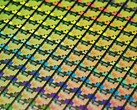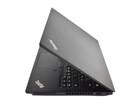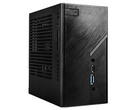During AMD’s Hot Chips 2020 presentation, an interesting revelation was made about a key change late in Renoir’s design cycle. Apparently, AMD engineers planned Renoir as a six-core mobile architecture. However, thanks to the significant efficiency gains made possible by TSMC’s advanced 7nm process, AMD was able to implement a complete, 8-core Zen 2 design.
AMD’s decision to design 8-core Renoir parts like the 15W Ryzen 9 4900U has had significant implications for performance in the UltraBook market. While Zen 2-based Renoir parts don’t comprehensively defeat 10nm Intel Ice Lake parts like the Core i7-1065G7 in single-threaded workloads, the additional four cores mean that Renoir laptops beat Ice Lake offerings by 150 percent or more in multi-threaded workloads.
If AMD had decided to stick with a 6-core Renoir design, there would have been some interesting consequences for the laptop market. For starters, 6-core 45W Renoir models wouldn’t have been able to compete with Intel’s top-end 8-core Comet Lake H parts like the Core i9-10980HK. High-end Renoir H series parts are bested by Comet Lake H in single core workloads. However, Renoir levels the playing field again in multithreaded workloads.
8-core Renoir also means that AMD’s able to offer higher core counts to lower-tier segments, with six-core Renoir parts like the Ryzen 5 4650U offering 2 more physical cores than the Ice Lake competition.






















